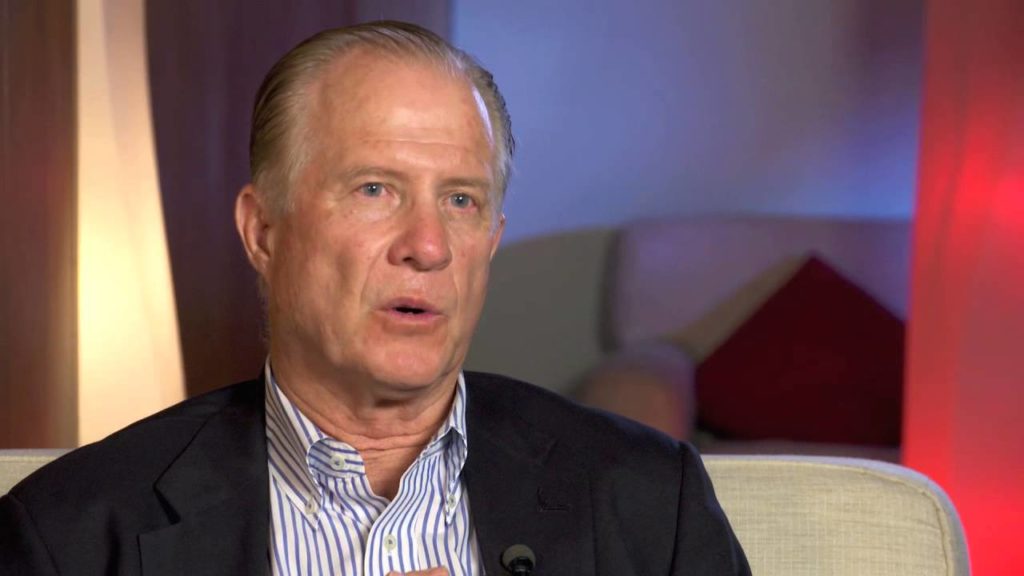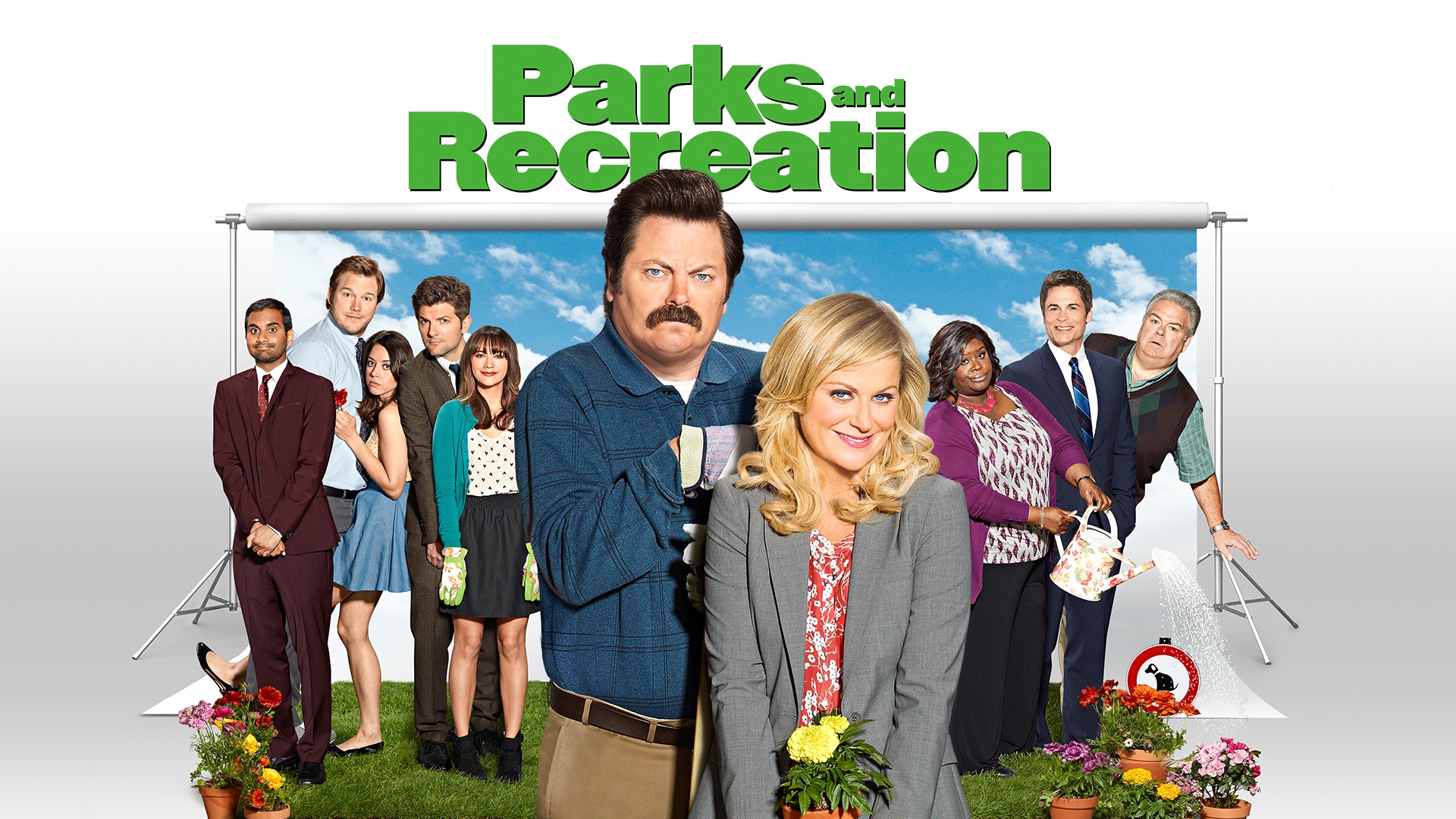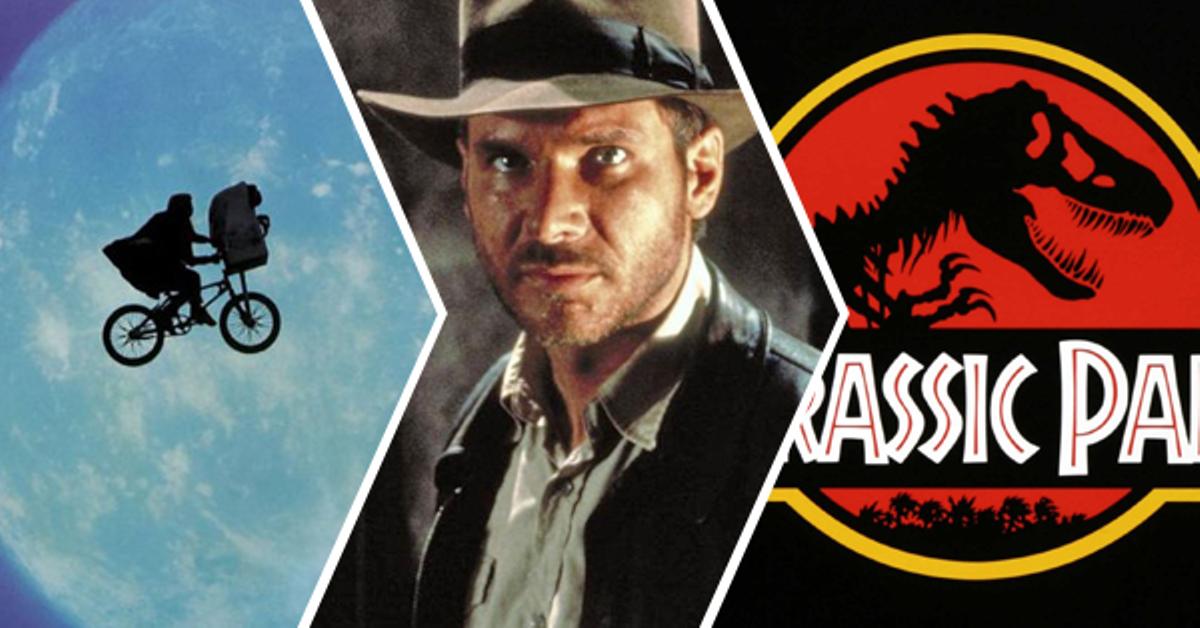Did you play the Sega Genesis in the 1990’s?

If so, you can thank Tom Kalinske and his team.
Tom Kalinske was the President and CEO of Sega Of America from 1990-1996. Before Sega, he held CEO positions at both Mattel and Matchbox. During his time at Sega, his aggressive marketing decisions such as the famous “Sega Scream” TV campaign were key elements in breaking Nintendo’s dominance of the video game industry.
Tom was kind enough to do an interview with us.
1. At Mattel, you revived the Barbie and Hot Wheels brands, as well as launching Masters of the Universe. What did you attribute to that success?

TK: I think the Barbie success was returning to Ruth Handlers original positioning of “Hey girls with Barbie you can be anything you want to be”, and segmenting the market in many different ways.
I had a great team working in marketing, R&D, manufacturing who were just superb.
Hot Wheels was similar we returned to the original positioning of these HW die cast cars were faster than any other due to its unique axel/wheel set up ( Matchbox were very realistic but slow).
For He man Masters of the Universe, Mattel desperately needed a Male Action Brand to compete with Hasbros GI Joe and their Star Wars license.
He Man was an example of how research could really create a success. We tested hundreds of ideas with kids and developed a brand that contained good guys supporting He-man and bad guys helping Skeletor fighting it out in Castle Greyskull.
Later we developed the TV series which we gave away free to local stations across the country in return for TV spots we would either use or sell, the syndicated TV show was very successful and sales of MoU soared to $750M.
2. During the late ’80s, Nintendo dominated the video game industry. What attracted you to work for an underdog like Sega?
TK: The CEO, Hayao Nakayama, convinced me to go to Japan to see what 16 Bit technology could do for video games compared to NES, and to see a color LCD handheld game unit to compete with Game Boy.
I was so impressed I agreed to become CEO of SEGA of America, so long as I could make the decisions in the US to compete with Nintendo and not be over-ruled by Japan executives. He agreed.
Popular posts like this
3. Sonic The Hedgehog was groundbreaking for the Sega Genesis and video games overall. Did you ever imagine it would be such a cornerstone of pop culture?

TK: I’ve been involved in helping to create several mega brands , we thought sonic was a very distinct character, different from anything that existed, had a sort of smart alec personality, once we saw the incredible speed Sonic could move in a video game we new we had a winner.
It was very helpful to extend the Sonic story to Comic Books and two different TV Shows, one on network, one syndicated to local TV stations that we did , after the success of Sonic -2 I knew we had a franchise that would last many years.
4. What was the biggest business lesson that you learned working for Sega?

TK: You had to be very different , change the market , we left Nintendo with the young kids market while we went after teens and college age players , this expanded the market greatly , changed the industry , moved the average age of the player from 14 to 21, if we had tried to be just the same only a little better than Nintendo we would have failed.
5. Did you read the book Console Wars? If so, was it a fairly accurate account of the good old days working at Sega?

TK: Of course, the author, Blake Harris, spend many hours with me, and hundreds of others from SEGA, Nintendo, EA, other third party publishers, retailers, it seems very accurate to me.




















